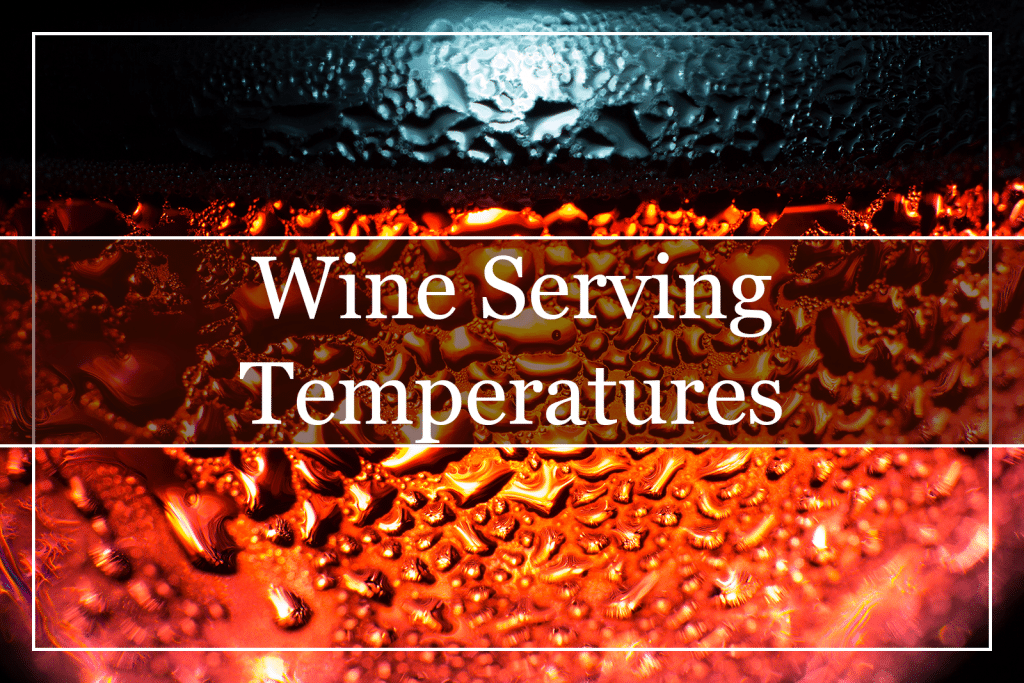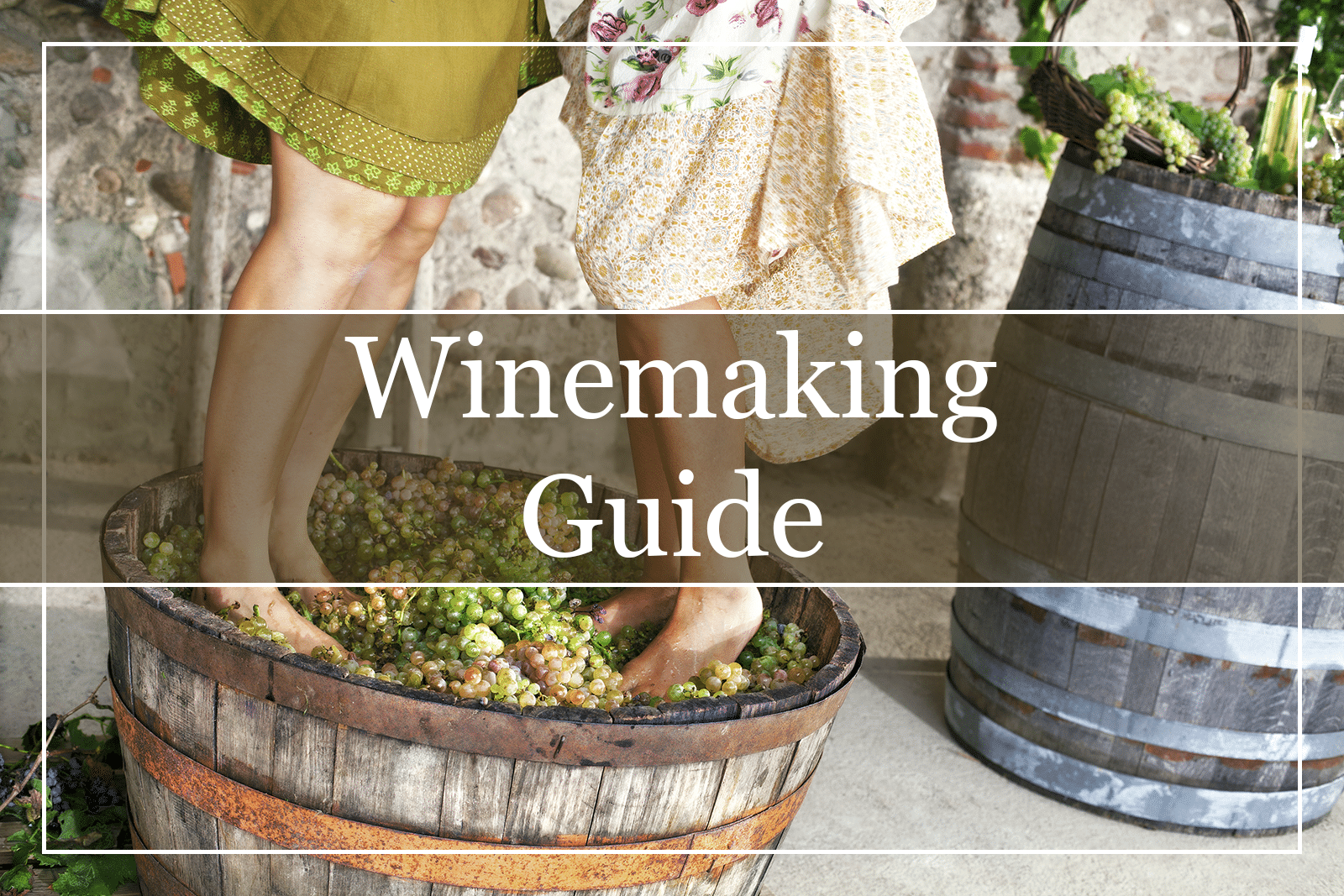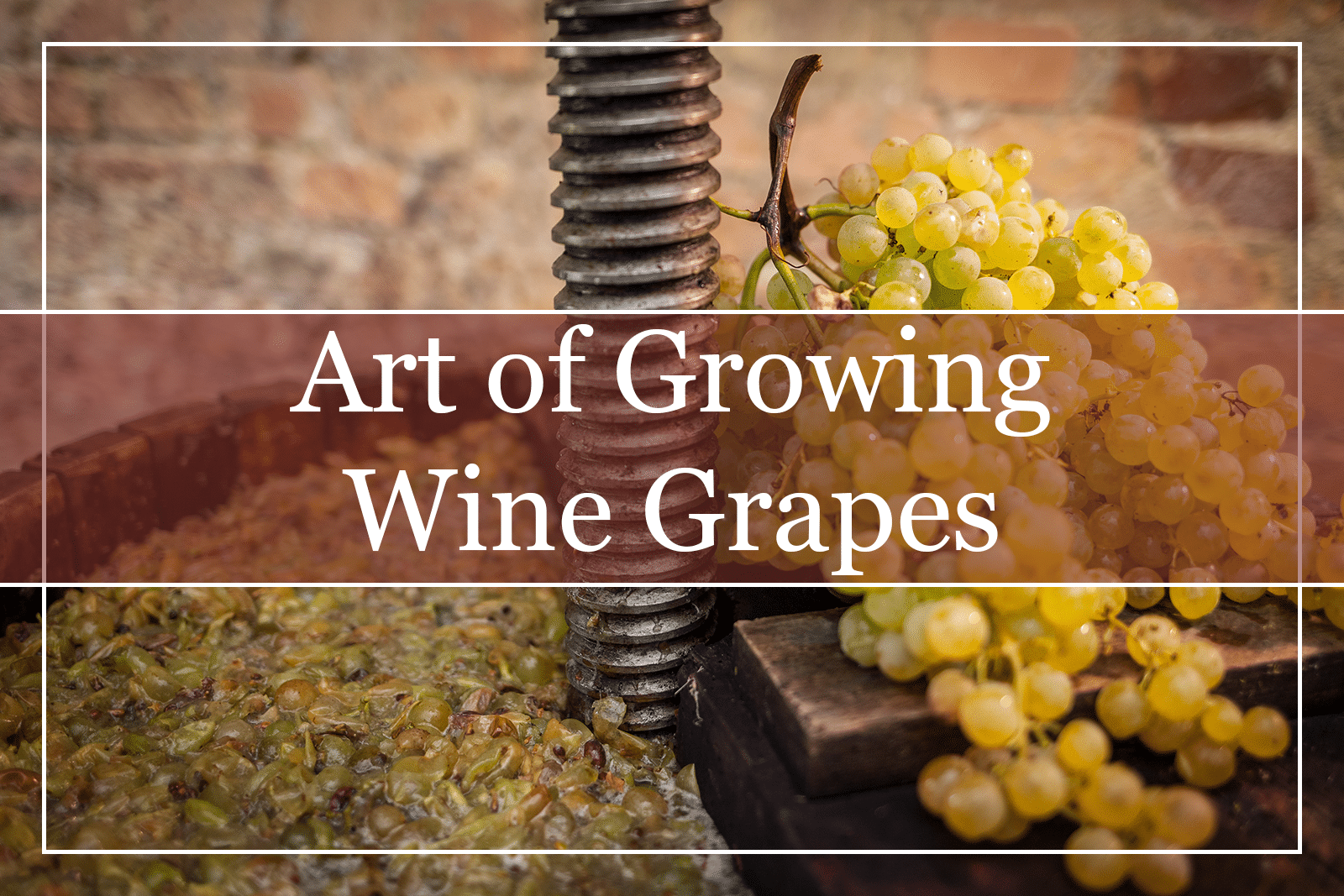At What Temperature Is Red Wine Served?
There is a common misconception that it is ideal to serve red wine only at room temperature at 50-60°F (10-15°C). That may be true to some extent, but, in fact, the best red wine serving temperatures are at 50-55°F (10-13°C). As such, the best way to enjoy red wine is slightly cool.
To cool the wine down and bring it to its ideal temperature, I recommend placing it in the fridge just an hour before uncorking it and the arrival of guests. If you aim for quicker results, putting the wine bottle in the freezer for 15-20 minutes might do the trick. After opening it, you have the option to decant or pour the first glasses immediately. However, letting the wine out on the dinner table, uninterrupted, to slowly warm, ensures that it reaches its true potential.
At What Temperature Is White Wine Served?
By far, the ideal white wine serving temperatures and rose too, are at 45-55°F (7-13°C), from very chilled to chilled. To get the wine as refreshing as possible, you have to put it in the fridge immediately after purchasing. You do not want to have the wine hanging outside, as when the time to serve it comes, you would have to improvise and find a way to chill it quickly. Being proactive is recommended, therefore. That said, if you buy the wine from the store and you want to taste it the same day, put it in the freezer for half an hour or leave it in the fridge for several hours.
After uncorking the wine, you have two options. First, you can place the bottle into an ice bucket so that it remains crisp and fresh, or you can leave it open on the table. In this way, as the temperature rises, the aromatics and flavors of the wine change, unlocking extra flavors and a more complex structure.
To ensure that your white and rosé wine stays cool during serving, use an ice bucket, as previously mentioned. The bucket should be filled three-quarters full with equal quantities of ice and water so that iced water surrounds the bottle. Then, the water can transfer the heat from the bottle to melt the ice. Air acts as an insulator, and the bottle chills. That being said, be careful and do not over-chill the wine. Otherwise, the tastes become thin, almost empty, and muddled.
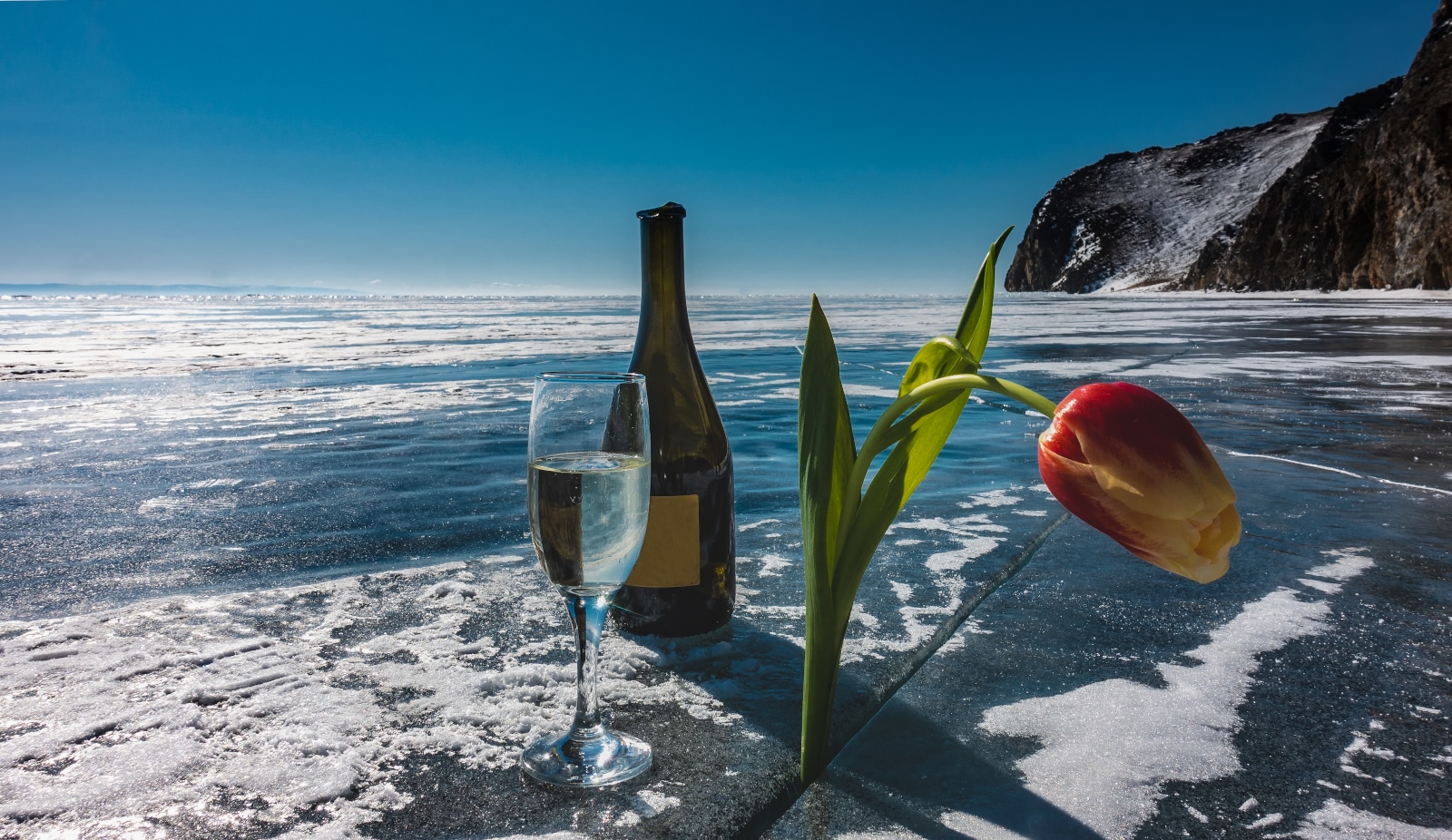
How to Chill Wine?
There are countless theories about how to speed up wine-chilling. For example, one theory suggests wrapping the bottle in cotton or wet paper towel. By doing so, according to the theory, you speed up cooling by water evaporation. But as it turns out, this only works under certain circumstances, such as in a blast freezer with circulating air. In a house freezer, though, the air is stagnant, so the wet towel insulates the bottle, and the wine takes longer to chill than expected.
Storing in Horizontal Position
Another theory suggests that per the law of thermodynamics, a wine bottle should cool 50% faster in a horizontal position than a vertical one. Yet, that requires a controlled environment. So, storing a bottle horizontally in your home freezer will not help it become cooler faster.
Adding Wine Pearls
Adding frozen wine cubes, also known as wine pearls, into a warm wine glass is another possible way to cool your wine and is especially handy when guests arrive sooner than expected. Even though the wine pearls work, the whole process requires some forethought rather than just placing the bottle in the fridge. On top of that, the cubes may take up to 3 hours to chill in the freezer. That is longer than the time it takes for the bottle to cool in the refrigerator. Plus, tasting metal cubes might not be the best experience, either.
Using Bottle Spouts
Finally, a chilled wine bottle spout is wine gadget sommeliers use to help wine chill faster in dining establishments and, supposedly, cools the wine as it is poured via the stainless-steel spout. But do not have high expectations, as it only refreshes room temperature wine. It does not chill the whole bottle. So, consider that if you intend to use a bottle spout. On that note, picking one up is not such a bad idea, even if you do not intend to use it exclusively for cooling wine. In fact, it is fantastic for decanting.
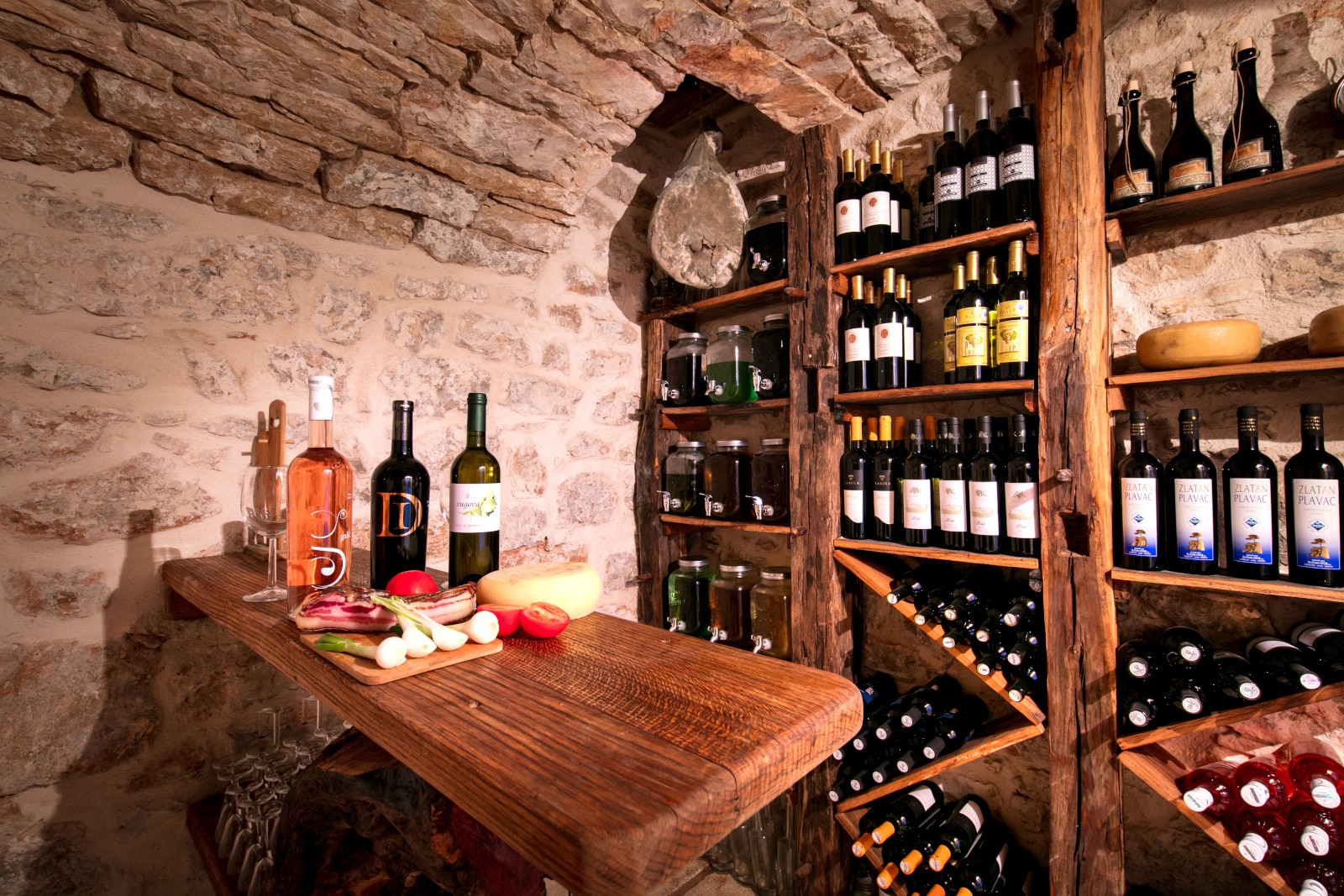
Can You Store Red and White Wine at the Same Temperature?
Preserving red and white wine at the same temperature and storing them in a wine cooler or fridge is a highly debated topic. As such, there is no correct answer. Since red and white wines are served at different temperatures, obtaining a dual-zone fridge could be a clever choice.
Furthermore, if you plan to store your wine for a very long period, without uncorking it, then storing your red and white wines together at a temperature of 55°F (13°C) is probably fine. Their flavors and aromatics will not get affected by storing them side by side. What is more, at this temperature, the white wine should be ready for serving from the get-go, while the red will only need some extra time to aerate and warm up to reach the ideal wine temperatures.
Remember, though, that if you plan on exploring your wines’ flavor profile sooner rather than later, then storing the wines at different temperatures might be the best decision, after all.
How to Mature Wine?
Maturing wine is similar to putting it for long-term storage. To mature wine, place the wine bottle in an environment with room temperatures that do not fluctuate (50°F-60°F or 10-15°C) and a portion of humidity.
Direct sunlight or artificial light should be kept at bay, as they may cause irreversible damage. Intense exposure to light rearranges the chemical compounds found in wine, like oxygen and temperature, and causes wine faults. That means that the wine ages prematurely, and its aromas, flavors, and even color change for the worse. The final wine is called light-struck.
Odors also must be avoided, as they might find their way inside the bottle. If they do, they usually instill unwelcome aromas and flavors, like intense animal sweat or vinegar.
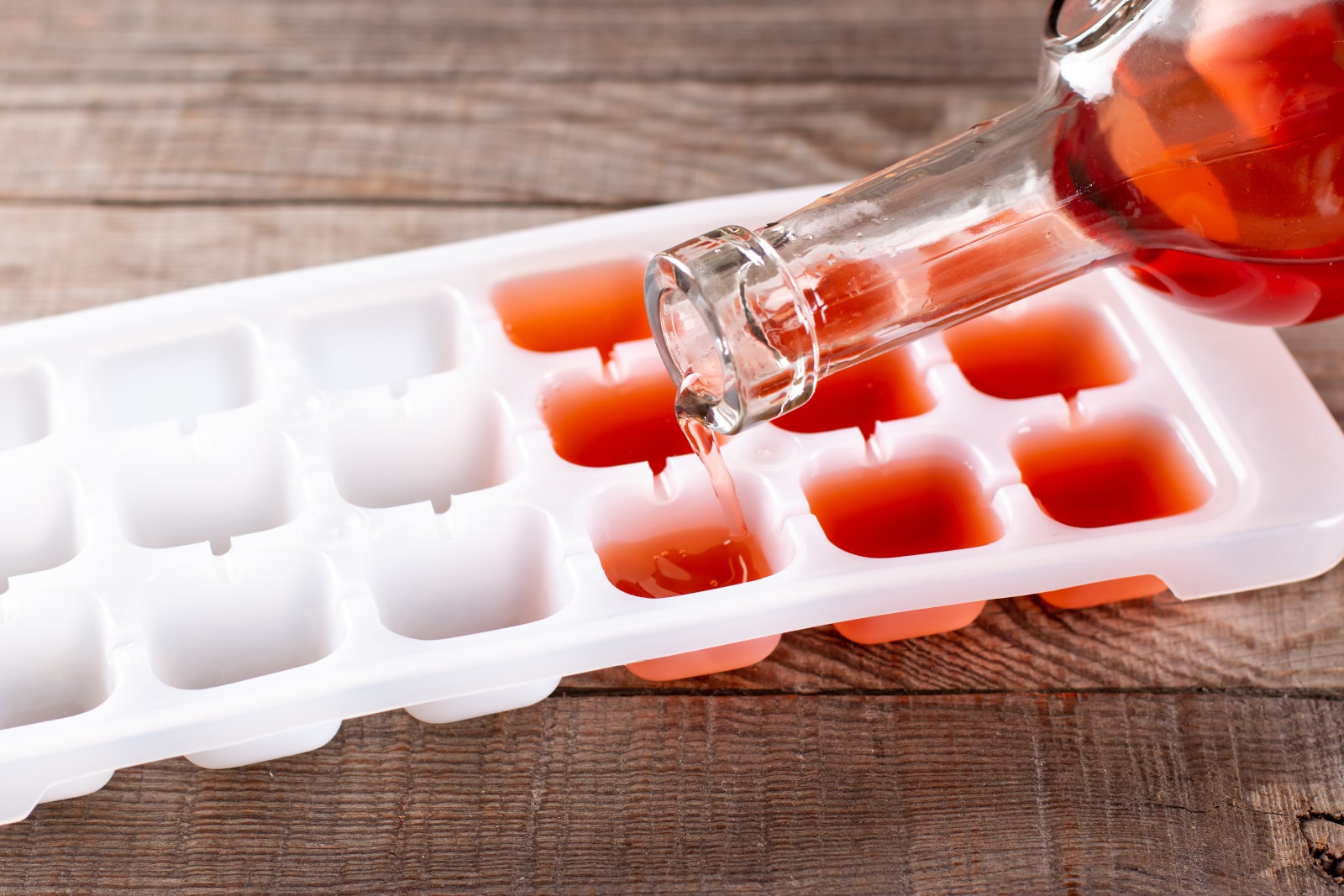
What Temperature Is Too Cold for Wine?
For starters, extreme cold is not as bad for wine as intense heat. Cold temperatures slow down the aging process. Therefore, it does not matter if the wine is fluctuating from the recommended 55°F (13°C) temperature to as low as 30°F (-1°C) or 35°F (2°C). If the fluctuation occurs gradually, then there is not an issue.
The main concern about storing wine temperatures is that if the bottle gets super cold for a long period, the wine inside expands as it freezes and pressures the cork. That might result in cracking the bottle. Keep in mind that wine freezes around 17°F (-8°C).
If the bottle cracks, it is easy to tell. However, things are not so clear if the cork has been damaged and compromised due to temperature fluctuation. A broken cork harms the quality of wine as, as the wine warms up, oxygen gets inside the bottle and prematurely ages the wine. For this reason, do keep an eye out for leakage signs since the only way to determine if a wine has been oxidized is by tasting it. Consequently, finding the proper storing wine temperature is a challenge!
Does Freezing Red Wine Ruin It?
Freezing red wine, or any wine, in particular, can have unwanted consequences. As mentioned above, the wine expands as it freezes. So, the wine may leak around the cork, push it out, or crack the bottle. Not only do you waste your wine, but also you create a messy situation in your fridge. Second, if the cork is pushed out, air enters the bottle and oxidizes the wine, leading to unpleasant vinegarish flavors. On top of this, screw-top wines are not safe, as oxidation occurs as soon as the wine breaks the airtight seal.
One might decide against freezing wine to preserve the flavor. Wine detests drastic and sudden changes in temperature. Freezing a wine causes the chemical compounds to crystalize, which eventually alters the flavor. Consequently, if you have purchased a good wine bottle, avoid changing the delicate tastes winemakers created.
Freezing Sparkling Wine
Freezing white, red, or dessert wine might not be harmful to your health. But freezing sparkling wine could be dangerous. A bottle of frozen bubbly might become explosive. Thus, freezing sparkling wine should be avoided.
However, in the unfortunate case that you accidentally froze a bottle of a bubbly, strive to keep calm. You might be handling a grenade, but there is a way to avoid the explosion. Just grab the bubbly, and hold it in a position where the head of the bottle is away from your face. Afterward, take it away to a safe place from people and let it warm up. Hopefully, it will not explode, and you may be able to enjoy it at another time.
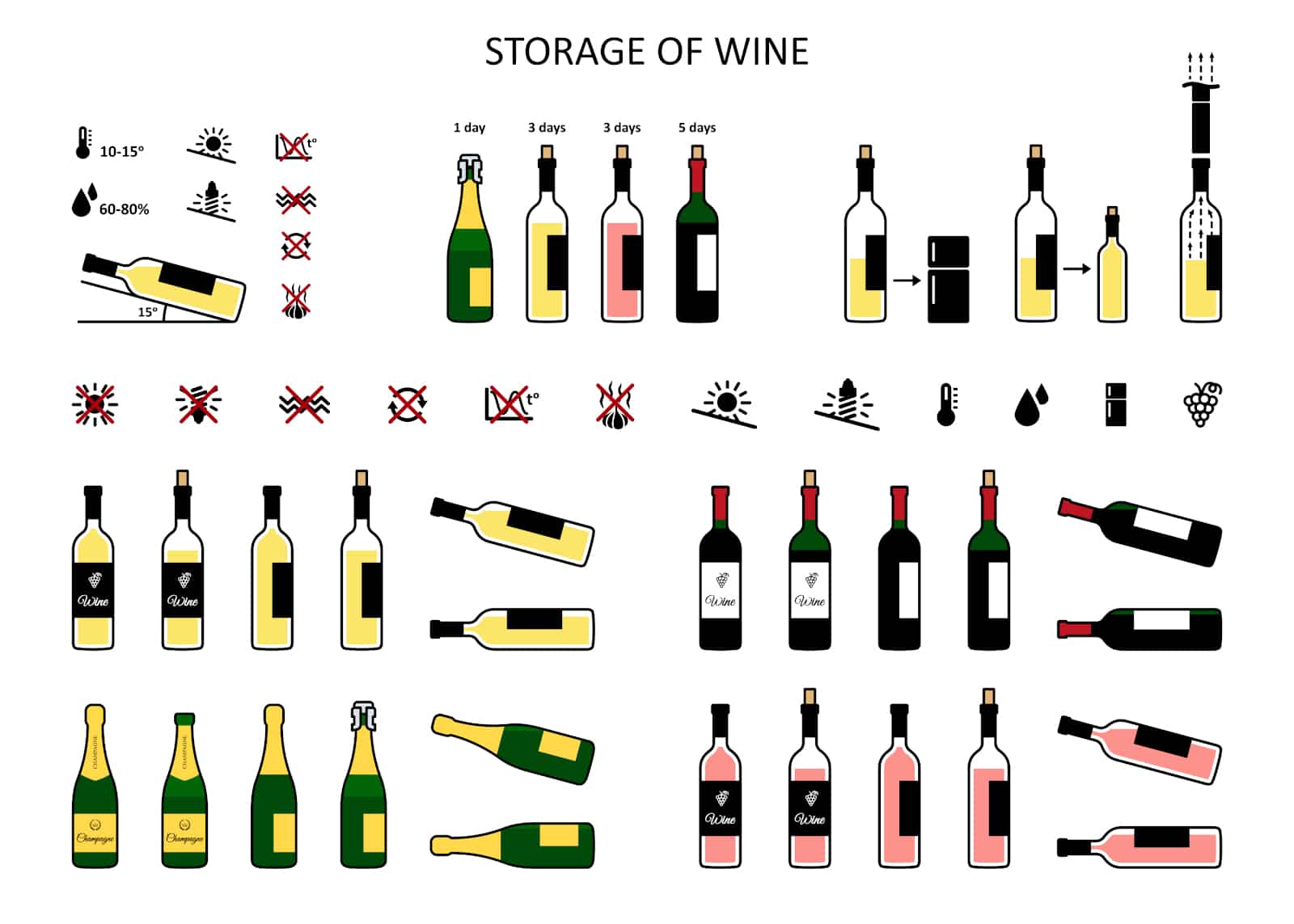
Can I Drink Red Wine Cold?
The short answer is yes but applies only to specific light-to-medium-bodied red wines, such as Beaujolais, Merlot, or Valpolicella.
The long answer is that red is misunderstood. The most common misconception about red wine is that it should be served at room temperature. That is not true since some varieties fare much better when served slightly chilled. Consequently, these reds are perfect for sipping during summer and are perfect, just like warm-weather white and rosé wines.
Most wine professionals see an increase in consumer demand for lighter red wine styles, which welcome a slight chill on them. Younger people also want to enjoy fresh and refreshing wine, so fuller-bodied reds are not very popular among this demographic.
Chilling a heavy red wine instead of a wine meant for chilling, has a negative effect on the palate. For instance, you would not perceive the alcohol very much, the aromas and flavors would appear subdued, the texture would feel tighter, while the tannins would appear extremely astringent in the mouth.
Best Red Wines to Drink Chilled
Some of the best red wines to enjoy chilled are Loire Valley Cabernet Francs, youthful Pinot Noirs, lighthearted Merlot, and undoubtedly, Beaujolais. This wine is made with Gamay grapes in an easy-drinking style. And it has pronounced aromas of cherry and raspberry fruit. That said, Beaujolais comes in two types, Beaujolais Nouveau and Beaujolais Villages. Only Beaujolais Nouveau is enjoyably chilled, as it is specifically made for early drinking. Other popular choices include Valpolicella from Italy and Garnacha (Grenache) from Spain.
Generally, the lighter the wine is, the more cooling it will require. Consumers do not appreciate these light-bodied wines for their nuances of flavor or complex character but their bright, crispy nature. Light-bodied reds are so perfect poolside or at family gatherings on the patio. Try them out and see for yourself!
Should You Keep Red Wine in a Wine Cooler?
In truth, storing a red wine in a wine cooler or wine fridge is not ideal. Full-bodied red wines do not like chilling unless they are low in tannins or light in body. Lighter-bodied red wines appreciate the cold temperatures as it keeps them fresh and vibrant.
As previously discussed, cold temperatures heighten the structure of the wine, so if chilled extensively, the tannins are going to become astringent and unpleasant. That said, investing in proper dual wine fridge temperatures might be a wise decision. These wine fridges have two separate zones controlled independently. So, you can choose to place your white wines near the top section at 6°C (43°F), while, at the same time, on the bottom section, stored red wines are at 13°C (55°F). That ensures an environment at a precise temperature for two different wine types.
On that note, if you have an open red wine bottle, do not place it in the wine fridge but in your standard refrigerator. A typical refrigerator slows the oxidation and maintains the wine flavor for a relatively long time. Therefore, if you opt for a wine cooler, be extra careful and avoid overusing the fridge temperatures. You may irreparably damage your wine.
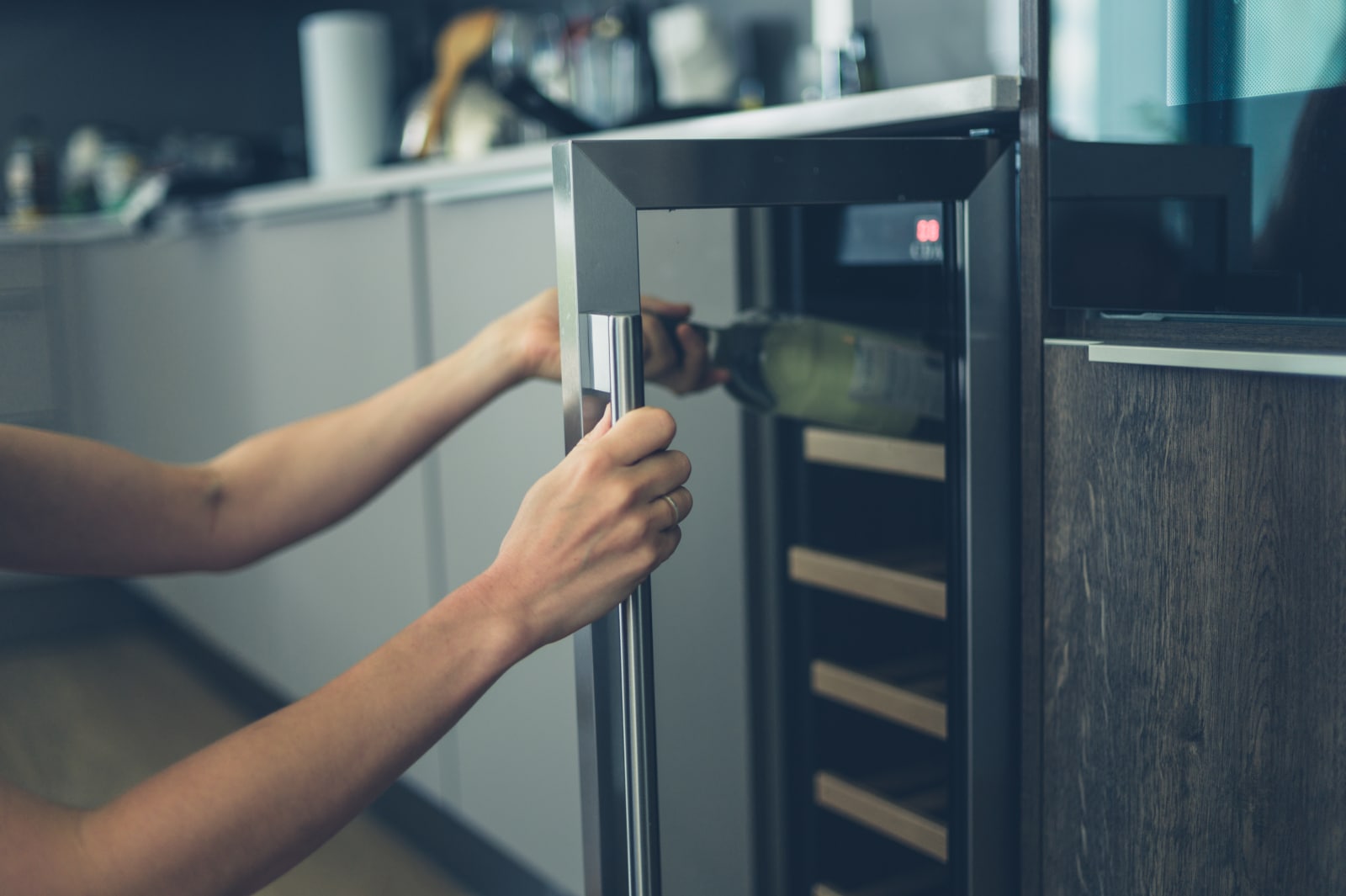
Do You Really Need a Wine Fridge?
Before deciding whether you should have a wine fridge, think about your wine consumption habits. In addition, consider if you are a wine collector, too. For example, do you see yourself buying wine for years? How many wine bottles do you buy every year? And do you really want to put that extra effort into keeping your wine at the best possible serving temperature? Do consider if you have space for a wine fridge (they tend to be quite large), as well, or if you could store your wine somewhere else, such as in a cool cellar.
If your main objective is to store wine to maintain correct wine temperatures, obtaining a wine fridge with separate temperature zones may not be worth the investment. Besides, a wine fridge is an expensive appliance since it is new technology. So, if you are not sure you are going to take 100% advantage of it, you are better off without one.
What Temperature Should Red Wine be Stored in a Wine Fridge?
If you plan to consume your red wine at least six months after the date of purchase, then you have to store it. Light, fruit-forward red wines should be stored at 50-60°F (10-15°C), while full-bodied, traditional red wines, as well as port wine, are best stored at 60-65°F (15-18°C).
That said, do practice proper wine cellar climate control to preserve your wine in the best possible way.
How Do you Store Red Wine at Home?
The principal factors when storing red wine are humidity, temperature, and movement. To successfully store wine, therefore, you have to find an environment that fulfills all of them.
Stable and cool temperatures that do not fluctuate with low humidity are pivotal. A cellar is a perfect place to store wine, but if that is not possible, strive to store your wine somewhere away from the sun, in an area that is cool all year round. In other words, storing wine is similar to how you would mature it. Putting your wine bottles in the garage is a no-no because it might be cool during winter, but in summer, the garage heats up.
Some wine aficionados place their wine under the stairs or even under the house. These storing areas work perfectly, as long as they meet the aforementioned criteria, of course.
The best way to achieve the third criterion of limited movement is to invest in a designated wine rack or a wine fridge. While humidity and heat damage a vintage wine, aging it prematurely, oxidizing it, and developing mold on the cork or causing leakage, movement disturbs the sediments, making the wine unpleasant. Although, movement is the least important factor that affects the quality of stored wine. You should, nonetheless, try to avoid shaking the bottles too much, disturbing them from their sleep.
Conclusion
Serving wine is quite a challenge, considering that everything boils down to wine style and type. Likewise, choosing whether to invest in a wine fridge or not comes down to whether you are a die-hard wine collector or enjoy consuming wine only when it is at the best possible temperature. Consequently, I hope this article helped clarify some aspects of wine service and storage and if purchasing a wine fridge, it could be a wise investment.

